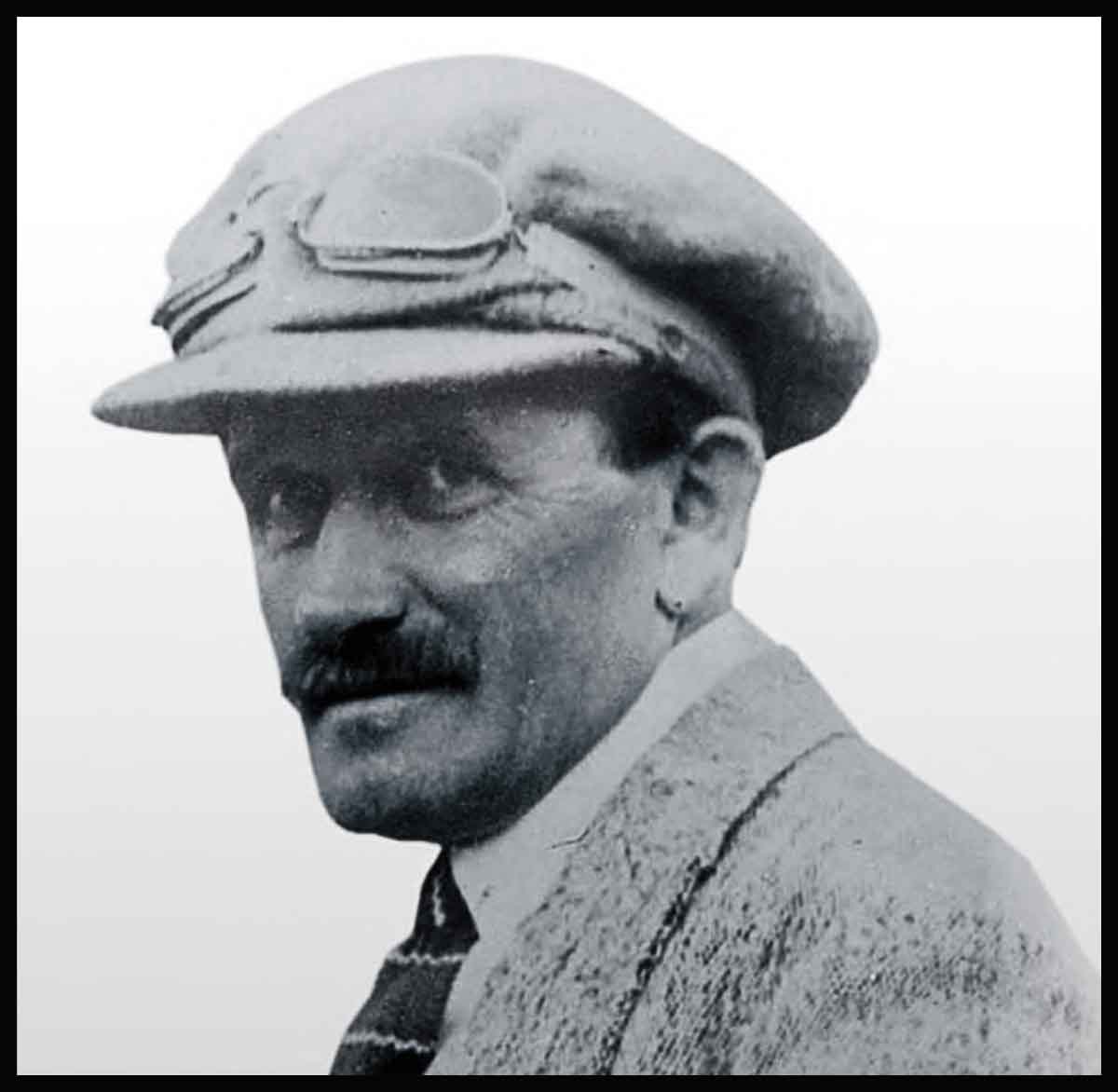
Great Designers—Dr. Ferdinand Porsche
Porsche is a name ingrained in sports car enthusiasts. Yet its founder, Ferdinand Porsche, was so much more than the creator of one of the world’s most recognizable marques. A man of inventiveness and rare skill, he designed the Volkswagen Beetle, pioneered hybrid vehicles, and was the brains behind some of the most successful racing cars. He even chauffeured for Archduke Franz Ferdinand.
“If one does not fail at times, then one has not challenged himself.”
DR. FERDINAND PORSCHE
DR. FERDINAND PORSCHE was born in 1875 in the village of Maffersdorf, in what was then the Austro-Hungarian Empire. Even at a very young age, he was fascinated by engineering, and especially the exciting new field of electricity.
Aged 18, he decided to forego a full-time university place in order to pursue a career in electrical engineering. He joined the company Bela Egger and in 1897, despite having no formal training, built a pioneering, electric, wheel-hub motor. The concept was highly advanced and provided an energy-efficient propulsion system.
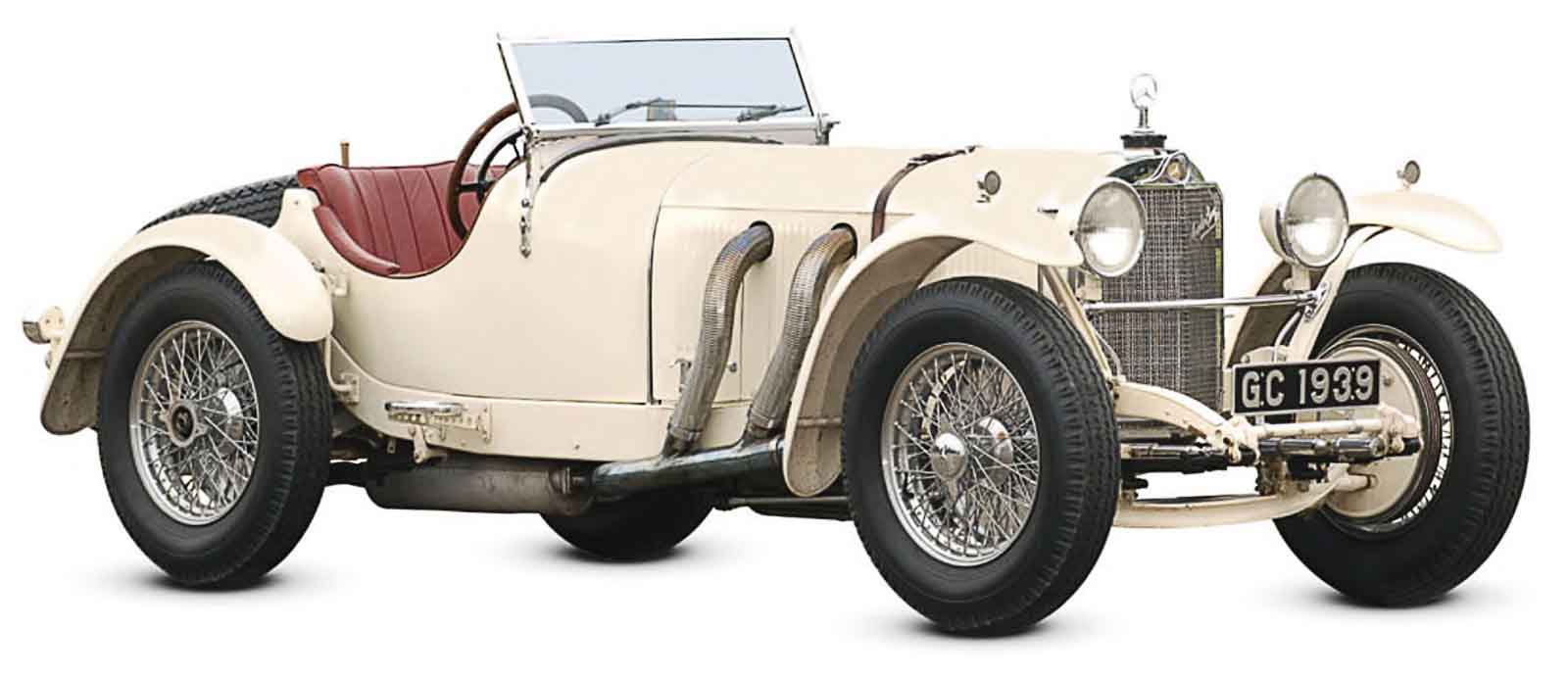
Capable of speeds up to 120 mph (193 km/h), the last car that Ferdinand Porsche worked on at Mercedes-Benz was also the fastest vehicle of its day, a status that guaranteed it several racetrack victories.
In 1898 Porsche began working at Jakob Lohner, a Vienna-based company owned by the Austro-Hungarian Army. Soon afterwards, his wheel-hub design was installed into the Lohner-Porsche—quite possibly the world’s first front-wheel drive car. Exhibited at the 1900 Paris World Fair, it was an immediate success and hailed by the press as an “epoch-making innovation”.
Porsche then built a second car for Lohner—the world’s first true hybrid vehicle. It not only had a battery pack, but also an internal combustion engine powering a generator, which in turn fed the electric hub motors. Since there was a motor in each of the four wheel hubs, this amazingly advanced machine also qualifies as the world’s first four-wheel drive car. However, at more than four tons (4,000kg) in weight, it was simply too large to have a viable future.
However, Porsche entered races with this car and scored several victories. His skill as a driver was recognized when he was appointed as Archduke Franz Ferdinand’s chauffeur. Luckily, Porsche was not driving the car in which the crown prince was assassinated in 1914.
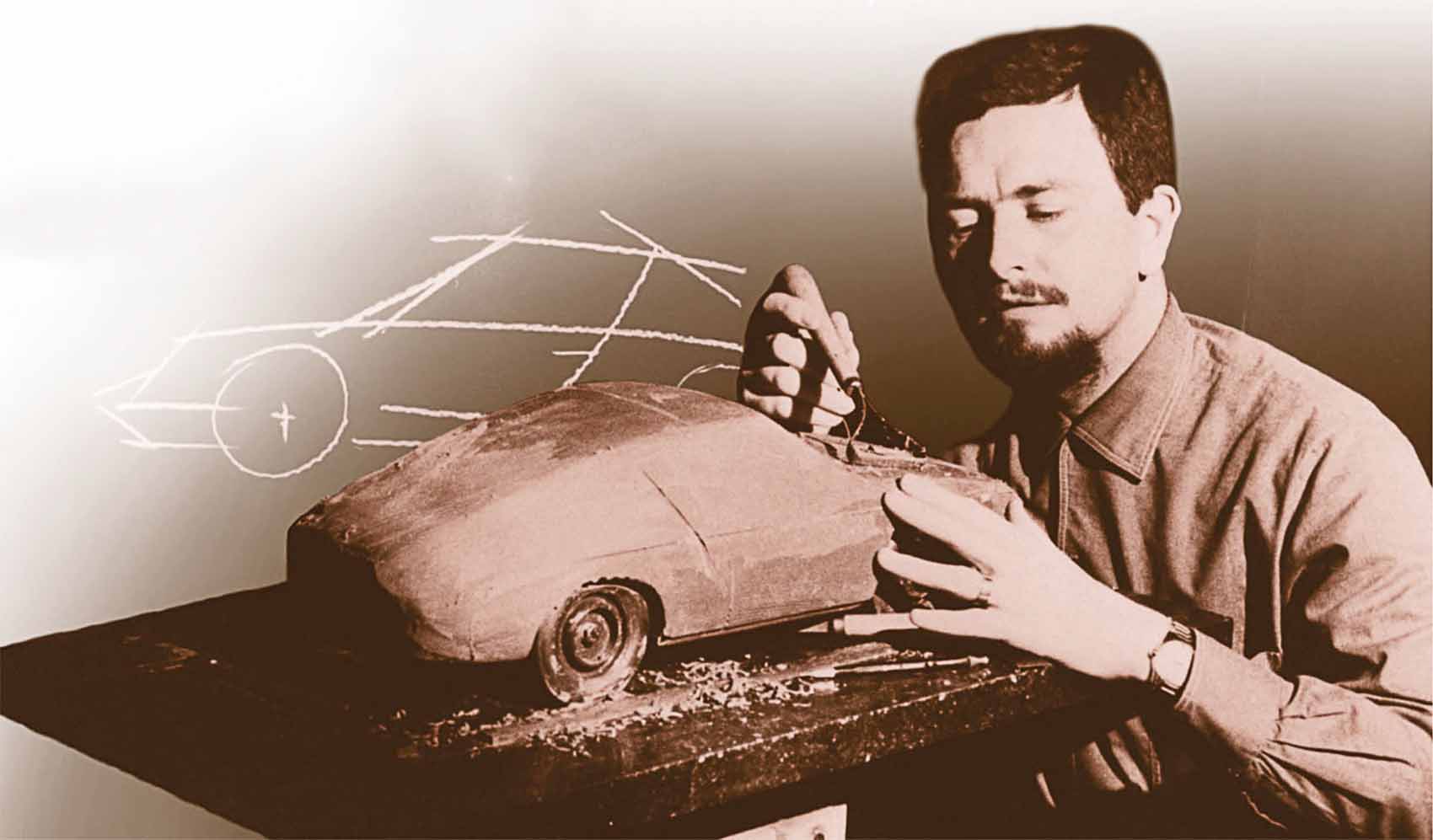
Ferdinand Alexander Porsche, grandson of the company’s founder, is best known for designing Porsche’s celebrated 911. It is testament to Ferdinand’s vision that the company has built so many iconic cars.
Porsche had recently moved to Austro-Daimler in 1906, where he was appointed technical manager. In 1923 he made the bold decision to emigrate to Germany, working in Daimler’s head office. It was here that he oversaw the famous Mercedes supercharged engine programme, which culminated in probably the world’s highest-performing car of its age—the formidable Mercedes-Benz SSK sports car.
Porsche left Daimler for Steyr in 1929, only to form a new consulting company in 1931 under his own name in Stuttgart. With financial backing from the Austrian government he designed new cars for Wanderer and Zündapp.
A CAR FOR THE PEOPLE
In 1933 the German Chancellor, Adolf Hitler, instigated two projects, both of which would involve Porsche. The first was a state-sponsored racing car, which resulted in the Auto Union that Porsche designed. This featured a very powerful V16 engine and such Porsche innovations as a limited-slip differential.
The second project was a new German “people’s car” or volkswagen, and it was Porsche to whom Hitler turned to lead the car’s development, which he did, together with his son. Ferry. They produced a simple but effective design using a separate chassis, an air-cooled, rear-mounted engine, and a distinctively curvaceous body that would give the car its nickname (and eventual title)—“Beetle”.
WAR PROJECTS
In 1938, again at the instruction of the Nazi government, Porsche designed a streamlined racing car based on the VW chassis—the Type 64—with a tuned VW engine. This was undoubtedly a precursor to the Porsche sports car that would make the marque famous.
However, World War II intervened in 1939, hindering progress of the VW Beetle. Porsche was diverted onto military projects, adapting the Beetle to create the jeep-like Kübelwagen and the amphibious Schwimmwagen. He also designed several tanks for the Nazis, and contributed to numerous aircraft projects.
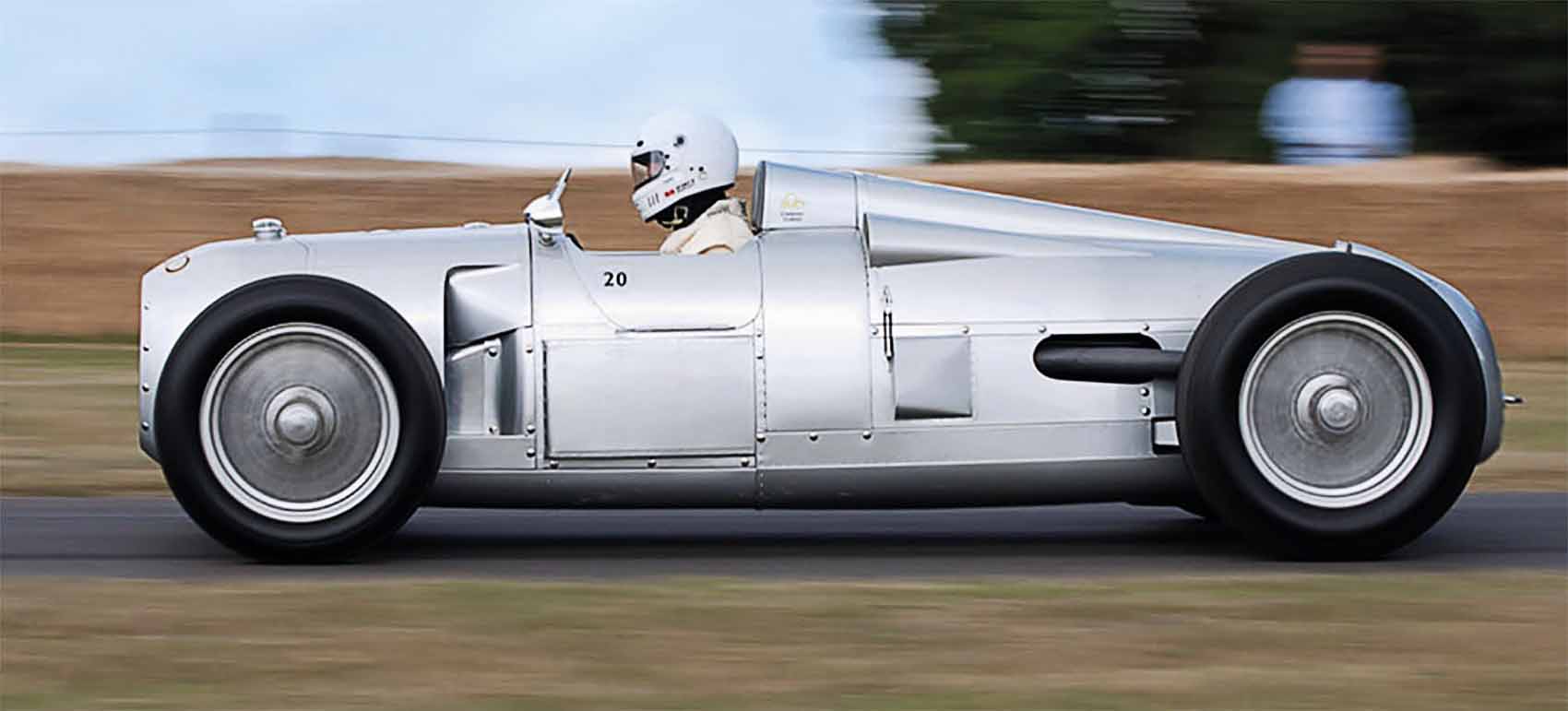
When the war ended in 1945 Porsche was requested to relocate to France, along with his factory equipment, as part of the war reparations. However, this met with several objections from the French auto industry and, Porsche was instead arrested alongside Ferry, because of his Nazi affiliations. Ferry was released in six months and worked to keep the company in business. While Ferdinand was in prison Ferry created a new racing car, the Cisitalia, which greatly impressed his father on his release. Encouraged, the pair decided to create their own sports-car marque with a car that used the Beetle’s format of a rear-mounted, air-cooled engine set-up that would not change for decades. Production of the 356 started in late 1948 in a small factory in Gmünd, Austria, but Porsche soon relocated to Stuttgart, where his empire continues to flourish today.
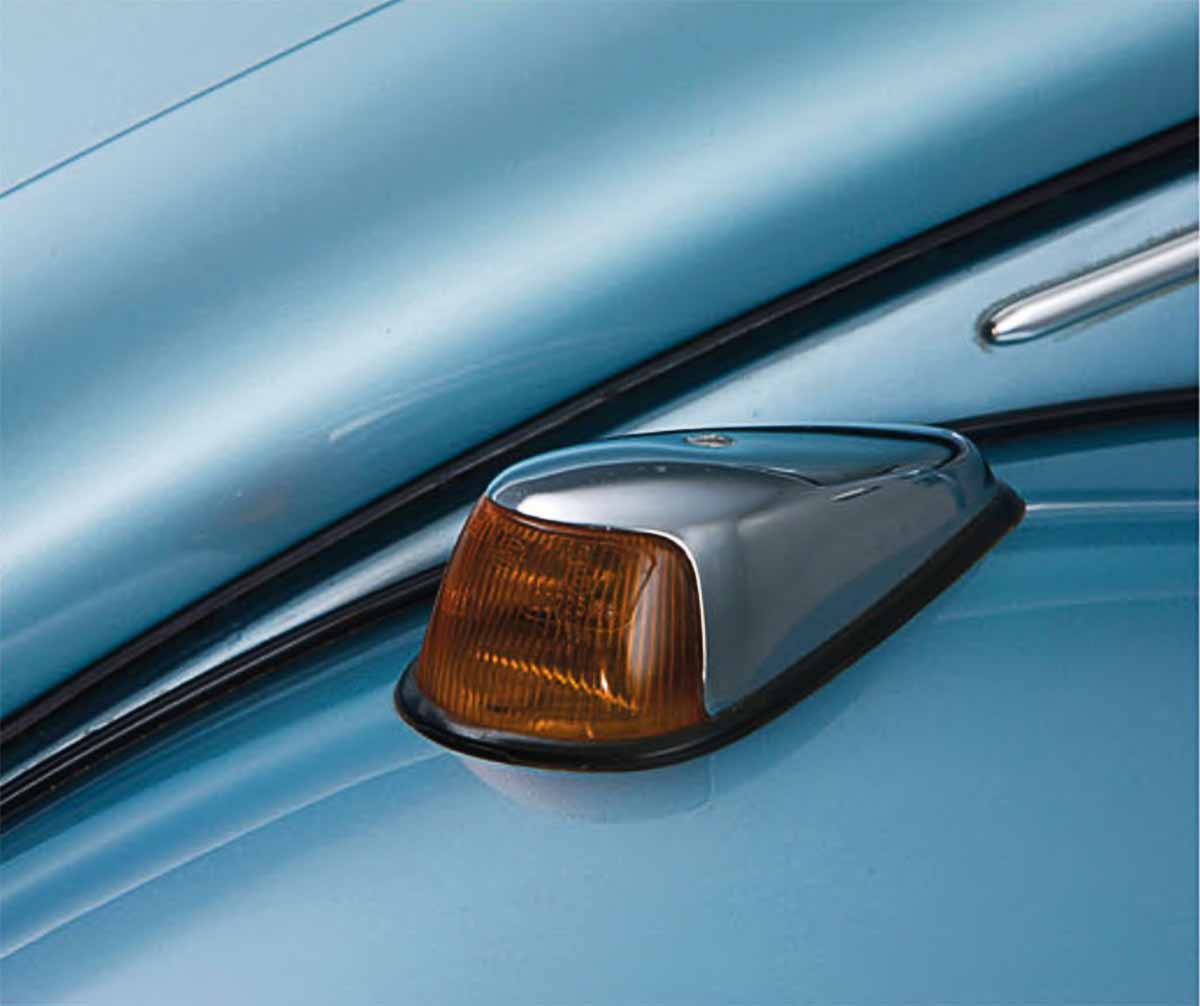
Ferdinand Porsche died in 1951 aged 75 before he could see the true glory years of his company, which he left in the very safe hands of his son. Ferry. Porsche senior’s legacy has been widely recognized, not least by his 1999 posthumous award of the accolade, “Car Engineer of the Century”. And it is hard to argue that he does not deserve it.
Career highlights
> 1897 Porsche designs and builds a pioneering, wheel-hub motor, which is powered by electricity
> 1900 The Lohner-Porsche is launched at the Paris World Fair. It is the world’s first hybrid petrol/electric road car
> 1928 The Porsche-designed Mercedes-Benz SSK instantly becomes one of the world’s greatest sports cars
> 1933 Porsche engineers the hugely successful Auto Union racing car
> 1934 Adolf Hitler’s “people’s car” programme is awarded to Porsche, who designs the Volkswagen Beetle
> 1948 With the Porsche 356, Ferdinand Porsche creates a new sports car dynasty under his own marque
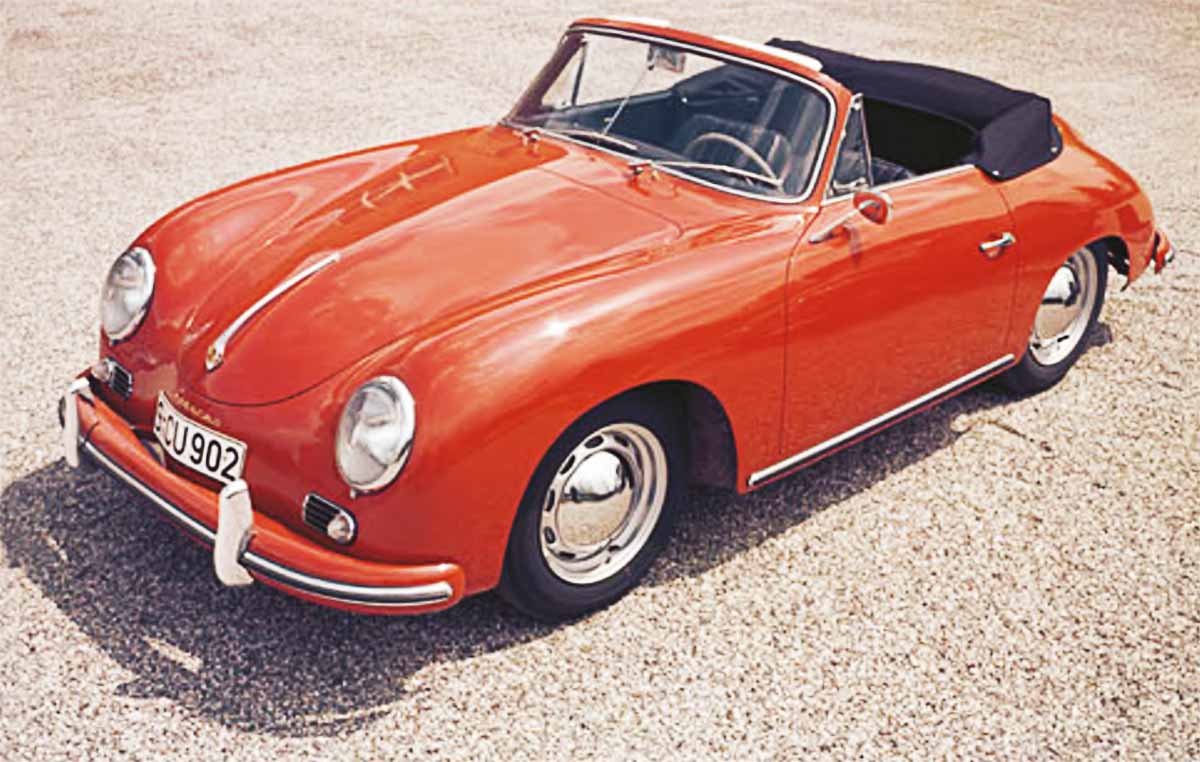
The first production vehicle to be built by the Porsche company, the 356 sports car was so named to indicate that it was the 356th project on which Ferdinand Porsche had worked.
> 1949 Porsche relocates to Stuttgart with his family
> 1999 Porsche is posthumously awarded the title of “Car Engineer of the Century”
It is a quote. The Classic Car Book – The Definitive Visual History 2016




